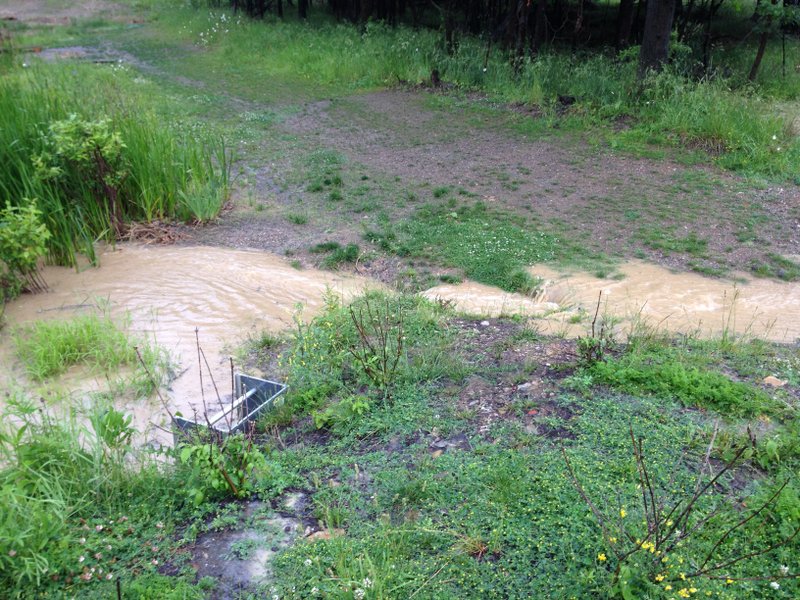Surface runoff from a closed landfill and the effects on wetland suspended sediment and water quality
Watershed Hydrology lab undergraduate Cody Unferdorfer will be representing the lab at this year’s Geological Society of America meeting in Denver in September. The work that he will be presenting will build on preliminary work that won the Kent State University Undergraduate Research Symposium Geology/Geography division in April, and Cody will have more and better data and analyses to show of at GSA.
Update: Cody will be giving a poster in the session on Undergraduate Research Projects in Hydrogeology on Sunday.
Surface runoff from a closed landfill and the effects on wetland suspended sediment and water quality
Cody Unferdorfer (1), Anne Jefferson (1), Lauren Kinsman-Costello (2), Hayley Buzulencia (1), Laura Sugano (1)
1. Department of Geology, Kent State University
2. Department of Biological Sciences, Kent State University
Abstract
During rainstorms, many wetlands receive surface runoff carrying sediment and dissolved materials. Some of the sediment and solutes remain within the wetland, where they impact aquatic organisms and nutrient cycling. With time, excess sediment can fill in a water body and destroy the aquatic ecosystem, or excess nutrients can lead to eutrophication. Closed landfills have compacted surfaces that can generate large amounts of surface runoff, and the goal of this project is to examine the effects of a closed landfill’s runoff on a wetland.
The study site is a constructed wetland in Parma, Ohio. Water samples were collected during storms beginning in July 2015. We monitored five locations at the wetland: inflow from the landfill; inflow from two green infrastructure treatment trains; inflow from a stream seep, and outflow. Water samples were analyzed for suspended sediment concentration, water stable isotopes, and dissolved forms of nitrogen and phosphorus. Discharge was measured at the outflow.
Based on a preliminary analysis of four storms, of the inflows; the landfill contributes the most suspended sediment with an average of 400 mg/L. There is no correlation between TSS and discharge at the outflow. Instead a first flush effect was observed, where TSS concentrations decreased with time. The landfill inflow is close to the wetland outflow, which could allow for suspended sediment to bypass most interaction with the wetland’s interior. However, comparing rain and wetland outflow stable isotopes shows that water residence time often exceeds a single storm, suggesting that there are opportunities for biogeochemical processing of nutrient inputs within the wetland.

